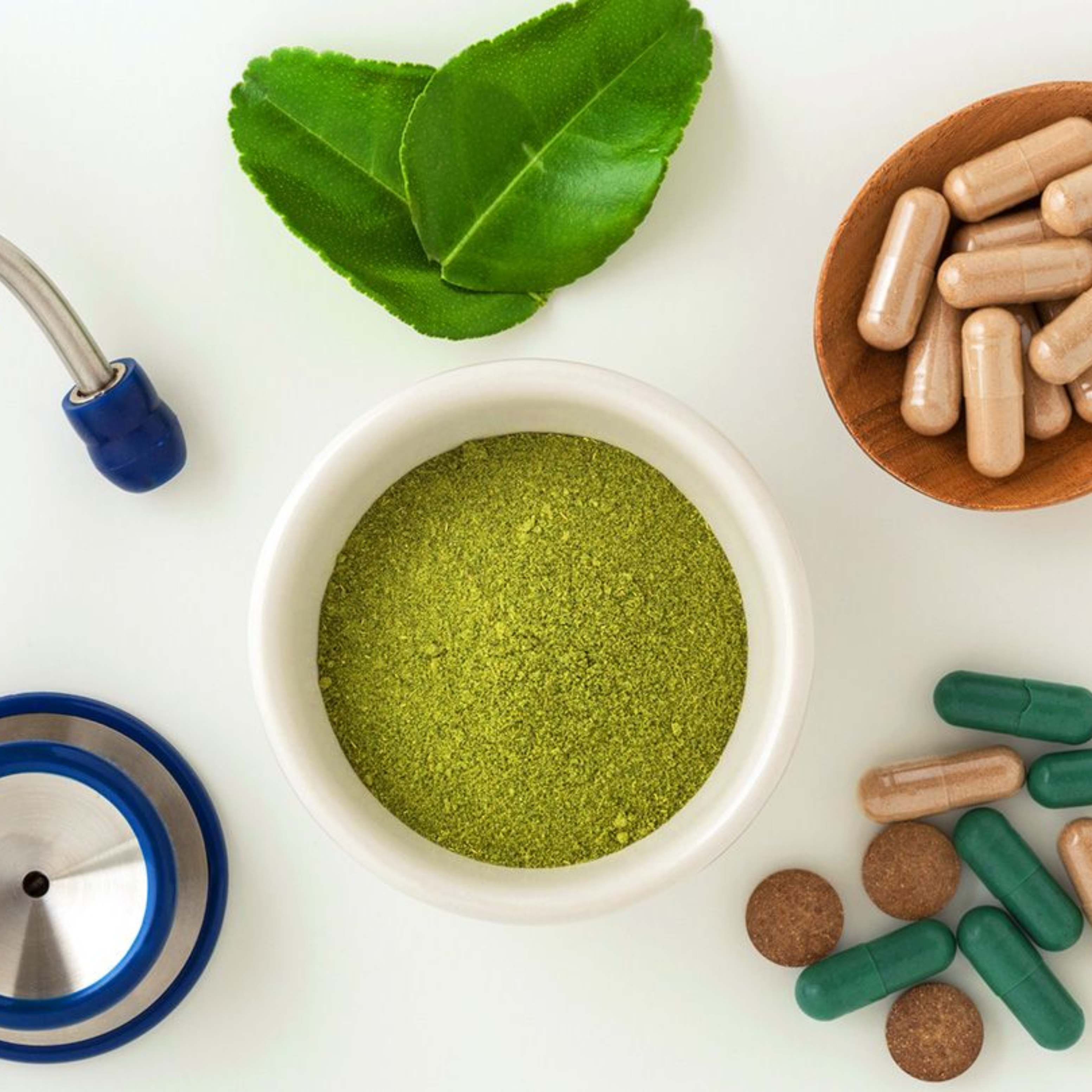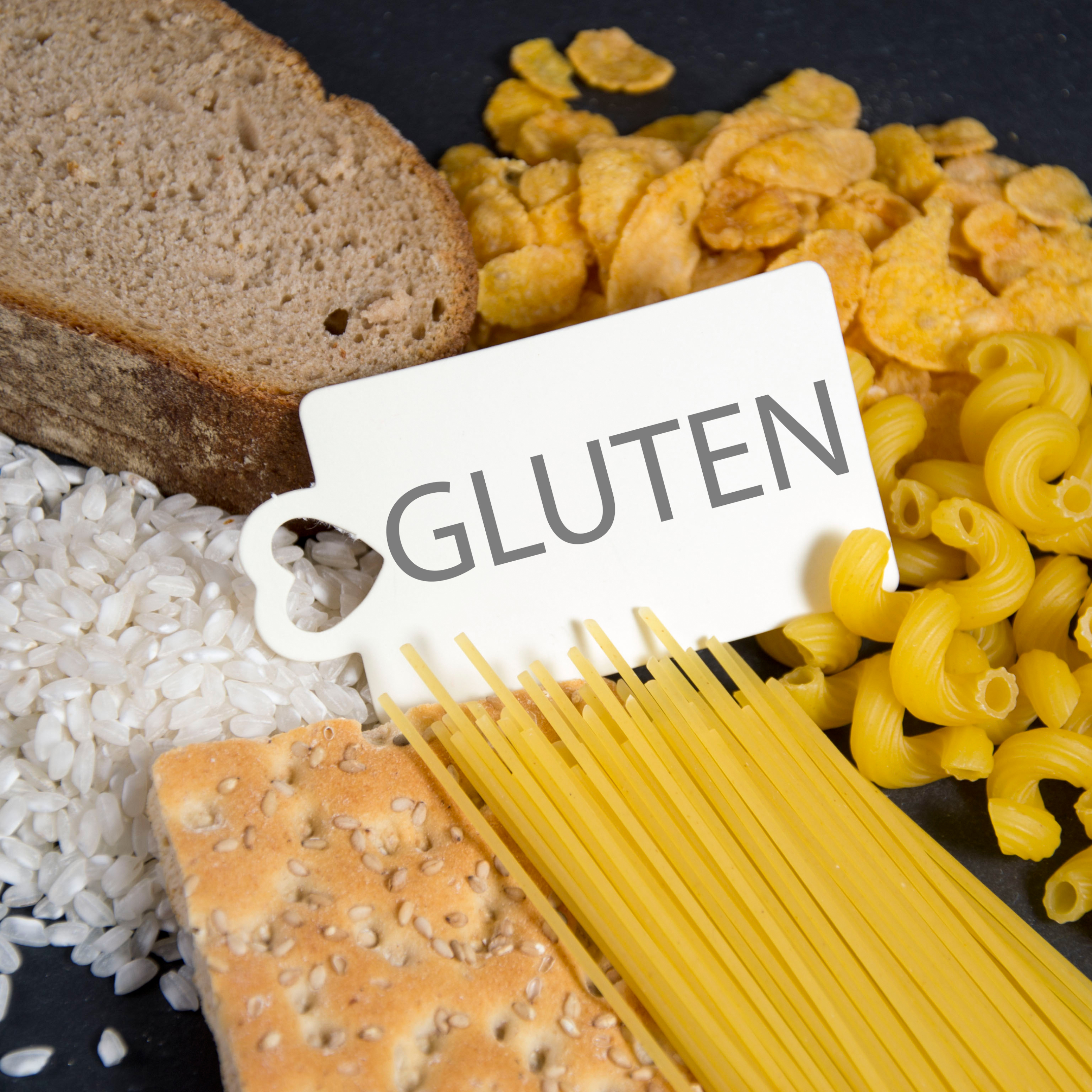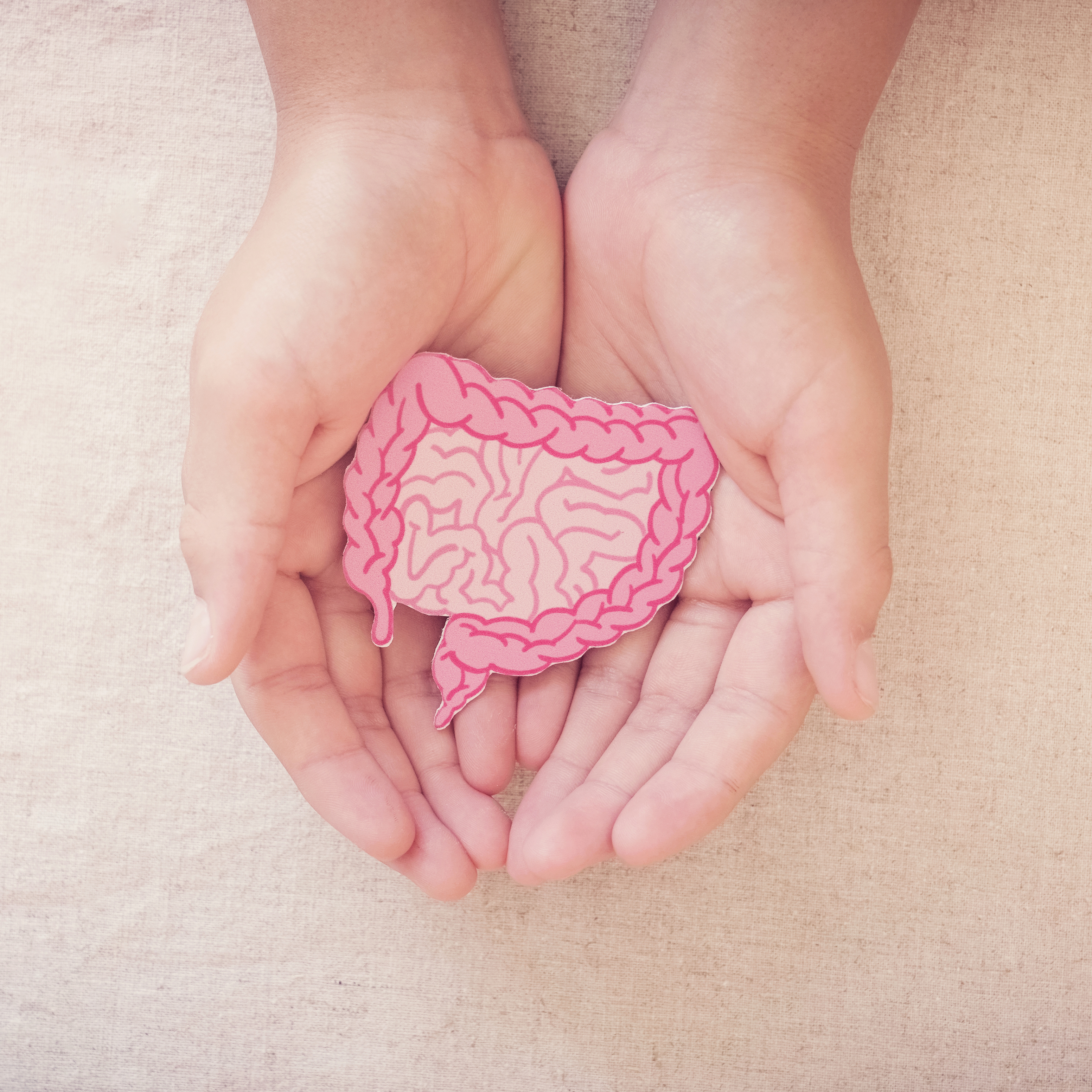
Discover Your Ayurvedic Dosha Body Type
In Ayurvedic medicine, balance is paramount. Doshas are ‘health types’ and balance is achieved by ensuring that the three doshas: Vata, Pitta and Kapha, are in harmony.
Doshas represent more than just your ectomorph, mesomorph and endomorph, but it is essentially the same principal, just doshas go so much deeper. Your dosha body type is defined section by section of your body. Doshas even have personality characteristics, but today we are just focusing on physiology and not psychology.

There are many quizzes online to find out your dosha, but unfortunately, they aren’t that accurate due to not focusing on each separate part of the body. Plus, they often ask questions on personality and characteristics, and when you answer this you might find yourself answering how you would like to be seen, or what you think of yourself, rather than what you actually are.
For example, you may want to be vata-pitta and therefore you find yourself answering the questions in a way that leans towards vata-pitta characteristics. There is danger in this, as you may start exercising, sleeping, eating in a way which does not have synergy with your real dosha.
The moment you are truly honest with yourself about your dosha is truly enlightening, because then you are able to really tailor your nutrition and lifestyle in a way that brings your true self complete harmony.
WHAT IS AYURVEDA DOSHA?

Ayurveda is one of the world’s oldest forms of holistic medicine and is still widely used to this day. Why? Because it’s effective and is a comprehensive approach to health. Ayurveda combines physical, psychological and spiritual health, focusing on the entire body.
Ayurveda translates as ‘science of life’ or ‘knowledge of life.’ The philosophy is that there are three doshas, known as vata, pitta and kapha, and by adapting your lifestyle with dosha-specific health practices, will lead to wellbeing and balance.
We are all made up of a unique combination of the three doshas, but most tend to have an abundance of one, or potentially two. This combination determines your personal health blueprint.
However, the blueprint is not rigid. Different diets, lifestyle factors, environments, age and much more can impact your doshas and cause them to fluctuate. When your dosha is out of balance it can affect your physical and mental health.
WHAT ARE THE THREE DOSHA BODY TYPES?
VATA

Vata is often associated with the wind because of its energetic characteristics: flexibility, creativity. The overall body shape of Vata is a thin or slender frame with a fast metabolism.
The typical vata body type has dry and curly or wavy hair and messy eyebrows (do you often find yourself reaching for the tweezers to tame them!?). Vatas have a normal sized forehead with reasonably narrow eyes sitting below. Your nose is longer with smaller nostril openings and your lips are of a moderate size. Overall, your face is thin and defined with a small chin placed on a long and thin neck. Narrow shoulders and a small chest complete your top half.
Can you see the ulna bone on thin wrists? This is another key indicator of a vata body type. Your hands and fingers are also long and thin, which can be mirrored on your feet – or your feet could by small and slight. Vatas often have a lean waist and narrow hips. Legs are also thin and small.
If you are Vata dominant, you are likely to be petite or thin and get cold easily. You may also suffer dry skin. If your dosha becomes imbalanced you could experience chronic stress or anxiety, digestive issues and skin inflammation, such as eczema.
HOW SHOULD VATAS ADAPT THEIR LIFESTYLE AND WORKOUTS?
Vatas are mentally and physically active, so you need to play to these strengths whilst being conscious of adrenal burnout and losing too much weight.
You should avoid sugars and stimulants like coffee and follow a regular daily routine, managing stress through meditation. Staying warm is key too! Check out my website to find out about the powerful portable infrared sauna that I have at home!), I just need to be careful that I don’t lose too much weight!

Body weight exercises are great to maintain and build muscles, rather than breaking them down. It’s much harder for a vata to put on or keep muscular definition than it is for other body types. Try and incorporate a strength workout at least twice a week to combat this.
However, try to avoid early morning workouts because cortisol is at its highest in the morning and you want to avoid spiking your already elevated cortisol levels. Vata body types are naturally more prone to have higher levels of cortisol, so you must be extra careful!
Midday workouts (between 10am and 3pm) would be perfect. Stretching and yoga would also be great for calming the nervous system whilst enhancing your flexibility and breathwork.
PITTA
Pitta is based on fire and water; you are tenacious and self-determined. Often, you will benefit from a quick metabolism, good circulation and healthy skin and hair.
Are you always hungry? And do you find yourself getting hangry? This is common with pittas. You could also find yourself becoming impatient and conflict prone.

In general, Pittas tends to have a more athletic frame: medium bodied with more defined muscles. Pittas usually have, but are not limited to, straight hair that is light coloured or blonde, with thin eyebrows. The forehead sits high on your square and strong face, with almond shaped eyes, a small and often upturned nose and thin lips. Your medium and more muscular neck sits on a broad chest and shoulders.
Your wrists are usually medium sized and more muscular, and you have bigger hands than vatas and kaphas. Your feet are medium and also muscular. Defined calf muscles are a key indicator of a pitta physique, along with muscular glutes and moderate sized waist and hips.
HOW SHOULD PITTAS ADAPT THEIR LIFESTYLE AND WORKOUTS?
It’s important for pittas to find healthy balance, as you are susceptible to overworking your mind and body. Before doing any exercise, stretching is a must! It will help calm cortisol and dopamine levels.
Be cautious with your diet and extended exercise periods – you are more prone to inflammation and adrenal fatigue due to your overworking nature.
Despite this, pittas are strong and can do more intermediate or advance strength workouts, just be careful not to overheat the mind and body – remember, one of the primary elements of the pitta body type is fire!
The best time for you to exercise is early morning but avoid exercising under direct sunlight or in extremely hot conditions. Practicing mindfulness after your workout is vital for grounding your energy and removing tension from the body. You probably love sport and physical activity, which is great, but try not to overdo it!
KAPHA

If you are Kapha dominant, you are steady and stable. Based on earth and water, you are strong and calm. You may be naturally quite athletic but can have a slow metabolism so are prone to weight gain. Your overall body shape is thicker, with a larger frame and joints.
Do you have thick and wavy hair and thick eyebrows? Or a low forehead, maybe even with a widow’s peak? These are strong indicators of a kapha body type.
Your eyes are more circular and wider, with a thicker nose and wider nostrils, and you have full, luscious lips. Your chin is also thicker, you may even have a chin dimple! The face shape is softer overall, and sits on a short and thin neck with round, barrel-like shoulders and chest.
Your joints on your hands and feet are moderate size and softer, often with shorter toes and wide feet. Your thicker physique is also reflected in a bigger waist and hips, plus you may find it much harder to get those abs to show themselves!
HOW SHOULD KAPHAS ADAPT THEIR LIFESTYLE AND WORKOUTS?
It is important to get regular exercise and have good sleep hygiene (not too much!) to avoid health issues, such as obesity, asthma, mucus build-up and oversleeping.
This body type is the only one that should strive to exercise daily, or at least 5-6 days a week. Kaphas burn less calories naturally because their basal metabolic rate is lower than the other two body types. You probably gain weight more easily, which can result in low mood and sluggishness.

This also means that you have a lot of stored-up energy and can tolerate strenuous exercise – you just need to dig deep for that motivation!
Try and implement at least two strength workouts per week, as strength training is vital for you to speed up metabolism. Adding high-intensity interval training (HIIT) into your workout routine is a must for burning excess energy and letting those endorphins fly to give you heaps of motivation and serotonin!
Morning workouts (6-10am) are your best window, for maximum endorphin boosts and to help stimulate the lymphatic and digestive system.
THE BOTTOM LINE
It is important to know what your body type is, because this will help you create a lifestyle, nutrition and exercise plan based on your dosha. However, you need to make sure you have identified your TRUE dosha body type, otherwise you can do more harm than good! Finding your true dosha will only maximise the benefits that you will reap when you start living in harmony with your health type.
I have created 3 exclusive videos on how to tailor your diet to your specific dosha in Synergised Nutrition. It truly is a game-changer and I really dive into detail by going through the best and worst foods for you! You can check it out here.
There is so much to Ayurveda medicine, so don’t feel disheartened if you don’t get it straight away – it has taken me years of learning the practices and I continue to discover new Ayurvedic wisdom every single day! Start with the basics, learn to try and correctly identify your dosha and then the rest will follow…









Leave a comment